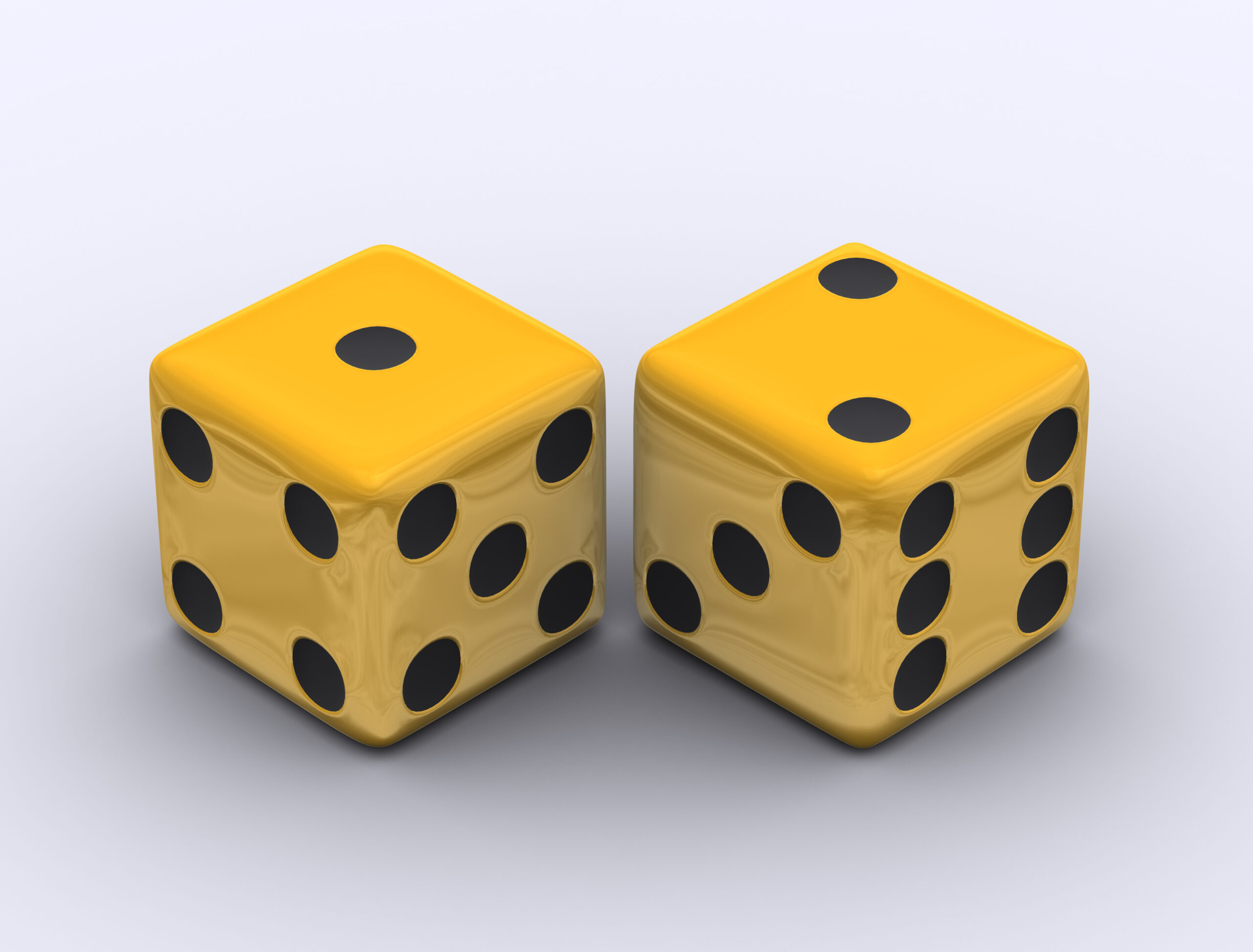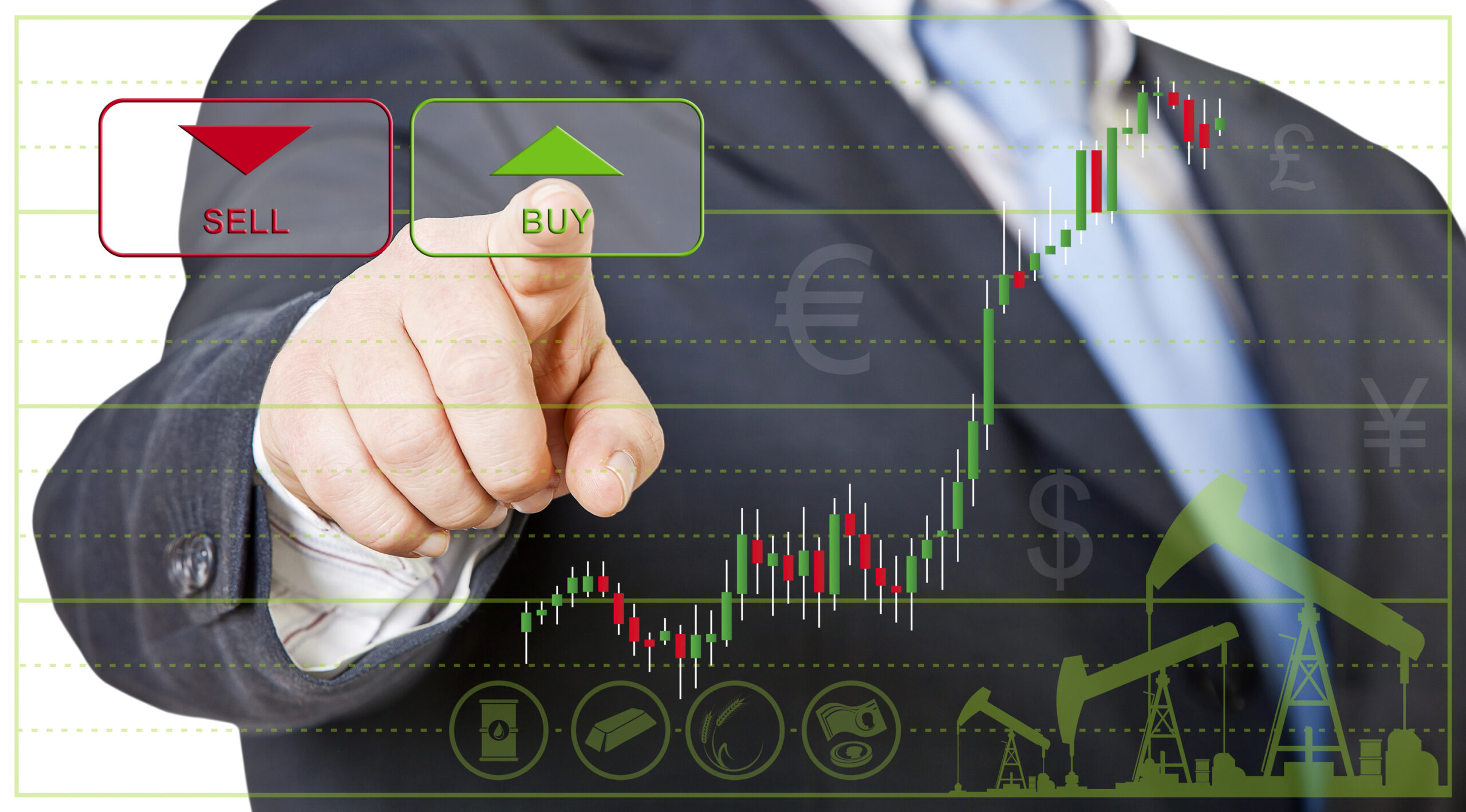It’s been a long time since the Flash Crash.
So long in fact that heads of investor relations and chief investment officers of funds have come and gone in between. It was 15 years ago.
The Flash Crash – an excellent name for a rock band – happened in a violent market maelstrom that lasted about a half-hour on May 6, 2010.
At 2:32p ET that day, stocks without warning imploded. The Dow Jones Industrials fell a thousand points in a matter of minutes, about 9%, before ascending in a breathtaking surge, to finish the day down 347 points or about 3.2%, at 10,520.
A similar move today would hack 3,900 points off the index and then return 2,600 of it.

A flurry of investigations naturally followed. A half-decade later, authorities arrested Navinder Singh Sarao in the UK. Sarao, a retail trader running automated programs in S&P 500 e-mini futures contracts, was charged with “spoofing,” or layering the market with orders that he intended to cancel.
Save for four months when he was held in a UK jail awaiting extradition to the USA, Sarao never served time. Prosecutors credited his cooperation and said autism may have played a role. He pled guilty to a couple counts and coughed up $12.8 million of the roughly $70 million he made between 2009-14.
I think regulators realized he wasn’t to blame. The entire stock market is comprised of layering – orders that are cancelled. The SEC’s data show cancel-to-trade ratios are about 23-to-1 in stocks, meaning less than 5% of entered trades fill. It’s ten times that in ETFs.
But markets needed a scapegoat, somebody to blame.
And it was the Flash Crash that revealed to the public something called “high-frequency trading.” HFT.
Our good friend Joe Saluzzi, partner and co-founder at Themis Trading, went on 60 Minutes in October 2010 with Steve Kroft, who said:
“It may surprise you to learn that most of the stock trades in the US are no longer being made by human beings but by robot computers capable of buying and selling thousands of different securities in the time it takes you to blink an eye.”
HFT didn’t go away. It quietly became the architecture of the stock market. While volatility girders and controls and measures have been put in place to reduce the risk of sudden and violent market events, dependency on robots has never been more pronounced.
But now everyone is a machine, not just the middlemen between you and your bid or offer, investors. In fact, the technology stack has grown. Where machines before executed trades, now they run order-management systems and mathematical investment models. The market is an algorithm and 90% of volume is a formula.
Machines may have taken over the markets anyway, but it wasn’t accidental. Regulation National Market System ordered automation, by rule. The SEC wanted a continuous auction market – everything available in 100-share increments instantly (average trade-size is now 97 shares).
So in 2006 under Reg NMS, the stock market became a data network connecting exchanges and alternative trading systems around a single best price for every stock. For a trade at the Nasdaq to move to the best price at the NYSE, it had to be automated.
So people built faster machines.
And since the exchanges no longer owned trading in their listings, they started paying for trades. The “maker-taker” market was born, where fast traders could earn thirty cents per hundred shares to offer them for sale.
And the race to be fastest was on. Michael Lewis wrote Flash Boys.
Back on May 6, 2010, machines for a period vanished and prices collapsed. The market had become too dependent on computerized trades with no purpose besides changing the prices of things.
I wrote in a December post on quantitative trading for Interactive Brokers about discovering before the Flash Crash a firm calling itself “Octeg.” Turned out to be GETCO if you didn’t spell it backward, the Global Electronic Trading Co.
GETCO got rich cashing coupons – making liquidity for stock exchanges – and sold itself to Knight Securities, which got in trouble in a high-speed trading snafu and sold itself to Virtu. Virtu said before going public in 2016 that it had one losing day in five years.
Fast Trading works.
Today, the playing field has leveled out among machines. Everybody is armed to the teeth with algorithms. Three are winning big though, trading ETFs, options, stocks. Citadel, Jane Street, Susquehanna.
And today, half the volume comes from machines like that, changing the prices of related things (stocks, options, ETFs). It’s not predatory in the way it was when the Flash Crash slapped us awake.
But a staggering part of the market is arbitrage, for one reason. ETFs are priced by machines like Jane Street, which calibrate an exploding ETF universe and record options volume with a shrinking underlying basket of stocks on which all depend.
Public companies, this is a quantitative market. If all you have is a qualitative strategy, you’re out of step and your Board and c-suite deserve a new plan.
And investors, if you think fundamentals will lead you to higher returns, you’re caught in earth’s gravity while everyone has moved to Mars. You too need a new strategy.
We’ve got the math.





